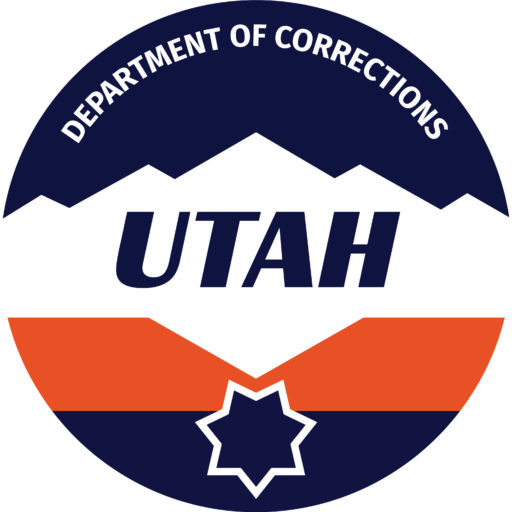ORIENTATION INFORMATION
Our goal is to empower families to help their loved one succeed while incarcerated. Use this page as your resource to learn more about the process and how you can get involved.
In person Orientations are coming back soon–until then, please use the sections below and click the links to find out more about each topic. We encourage you to reach out with questions or concerns via phone (801-545-5505) or email (corrections@utah.gov).
For your reference, here is a link to the inmate orientation handbook as well, so you can follow along in your loved one’s journey more effectively.

